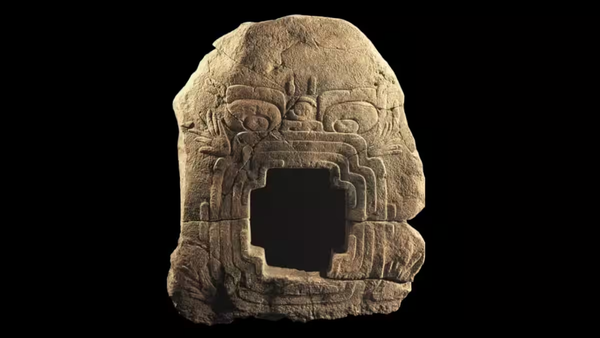How Quantam radars could completely change warfare
A new top of the line radar system could change the way warfare has been seen. Known as a quantum radar. it is a high definition detection system that gived a more detailed image of targets while increases the radar systems stealth from detection.

A new top of the line radar system could change the way warfare has been seen. Known as a quantum radar. it is a high definition detection system that gives a more detailed image of targets while increases the radar systems stealth from detection. Quantum radars could provide the users with enough information to identify aircrafts, missiles, and other aerial targets by specific model.
According to the MIT Technology Review, researchers at Austria's Institute of Science and Technology used entangled microwaves to create the worlds first ever quantum radar system.
Quantum entanglement is when two particles can be linked together regardless of distance, forming what scientists refer to as a quantum entangled pair. When something occurs to one particle it can be seen in the other particle. This in turn leads to what is called quantum illumination, where information about one particles environment can inferred by studying the other particle.
These highly advanced Quantum radars involve pairing photon particles together, shooting one downrange while keeping the second particle captive for observation. The downrange particle will act in a manner as it bounces off objects, behavior can then be observed in the captive particle. The result you get is more detailed information about the target than previous radars.
The radars made today can detect targets very well, but provide very little detail. Radars can pinpoint an object and log its altitude, bearing, and distance, but have problems determining exactly what the object is. Air defenders must rely on other things to identify the object such as identifying the electromagnetic signals coming from the target. With this information they can determine the object to be an enemy fighter, bomber, or even a commercial civilian aircraft.
The new Quantum radar, on the other hand, could give enough detailed information for radars to identify the object based on its physical characteristics. A Su-35 Flanker-E fighter, for example, could be identified by its wings, the shape of the planes nose, and the number of engines.
Another benefit quantum radars provide is they emit very little energy and are thus difficult to detect. All contemporary radars emit electromagnetic radiation to detect object, This radiation itself makes the radar itself detectable. Its like when you have a crowd of people holding flashlights in a dark room: turning on your flashlight allows you to find other people but the flashlight beam leads straight back to you, giving away your exact location.
Stealth offers a distinct tactical advantage in war. A friendly quantum radar could be able to detect enemy aircraft without revealing its own location. In return this could cause the enemy warplanes to put off defensively jamming local radars and radio signals which itself is noticeable to the defenders.
Quantum radars have been marketed as a means for detecting stealth aircraft, with claims that it renders efforts to make aircraft invisible to radar useless. According to three experts polled by Engineering and Technology, anti-stealth claims are a “gross oversimplification” and the main advantage of quantum radar is the high definition aspect.





